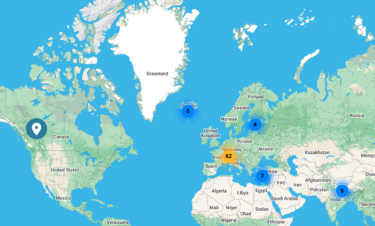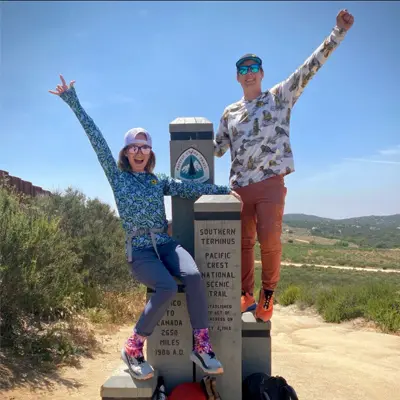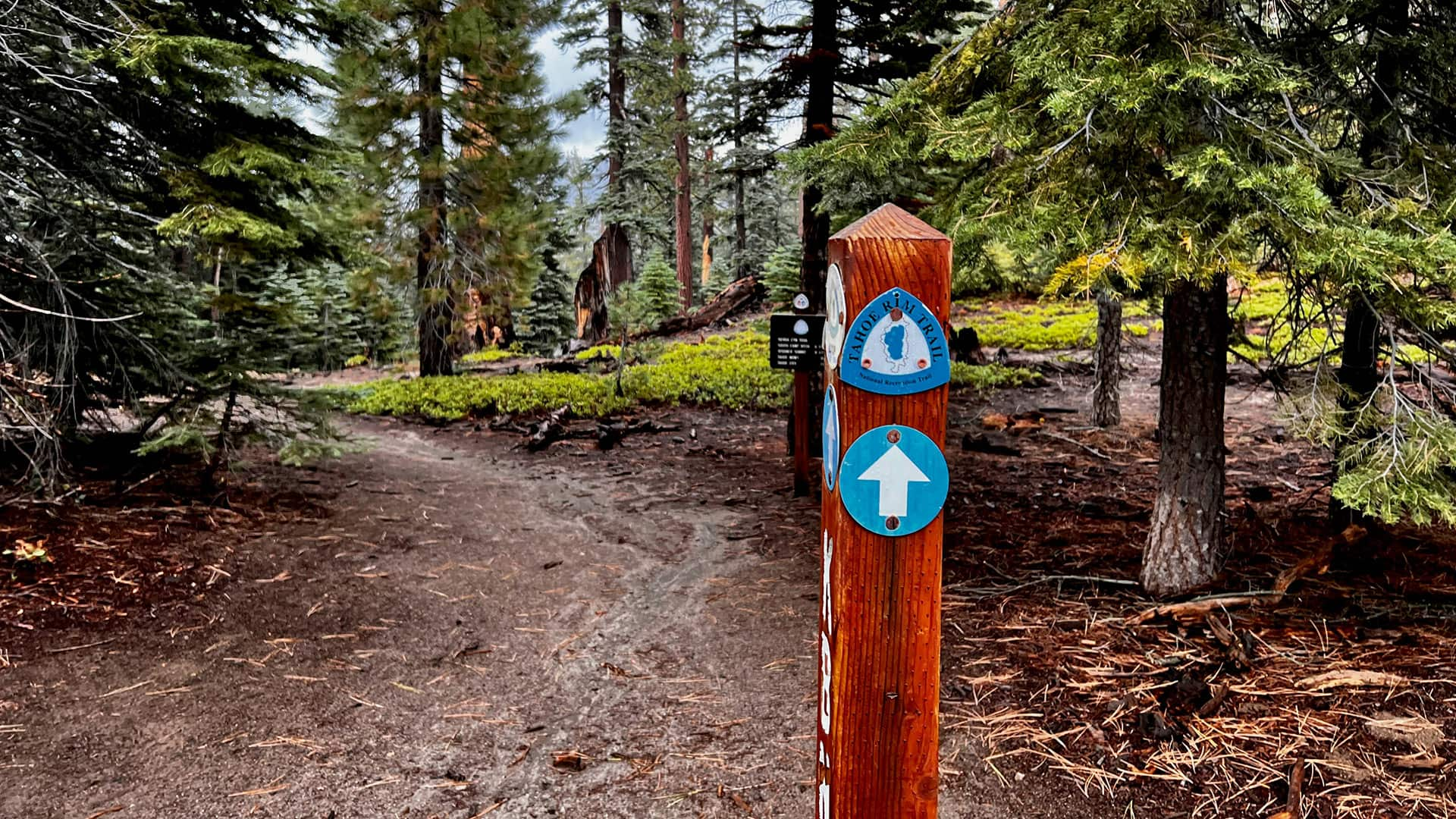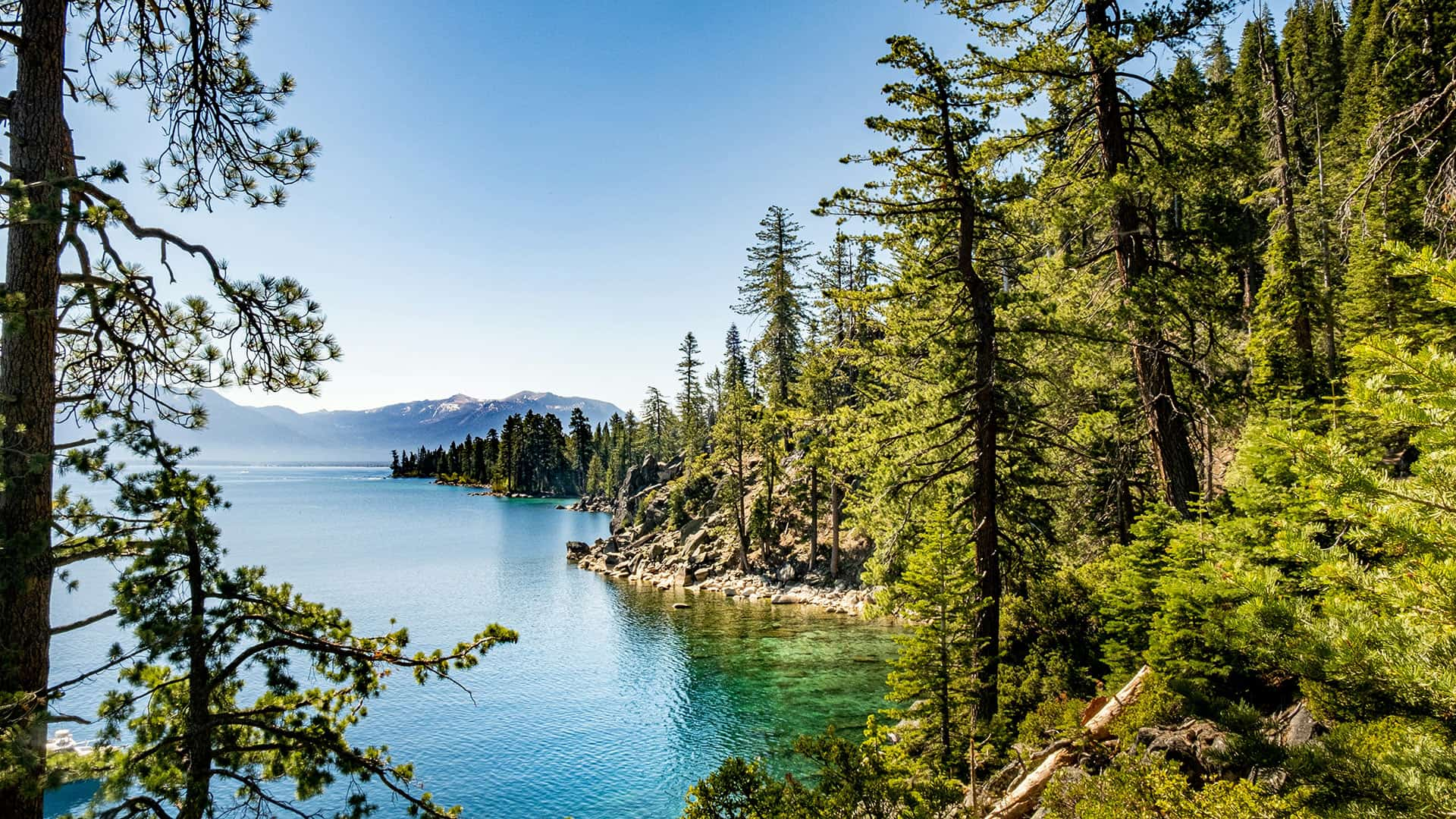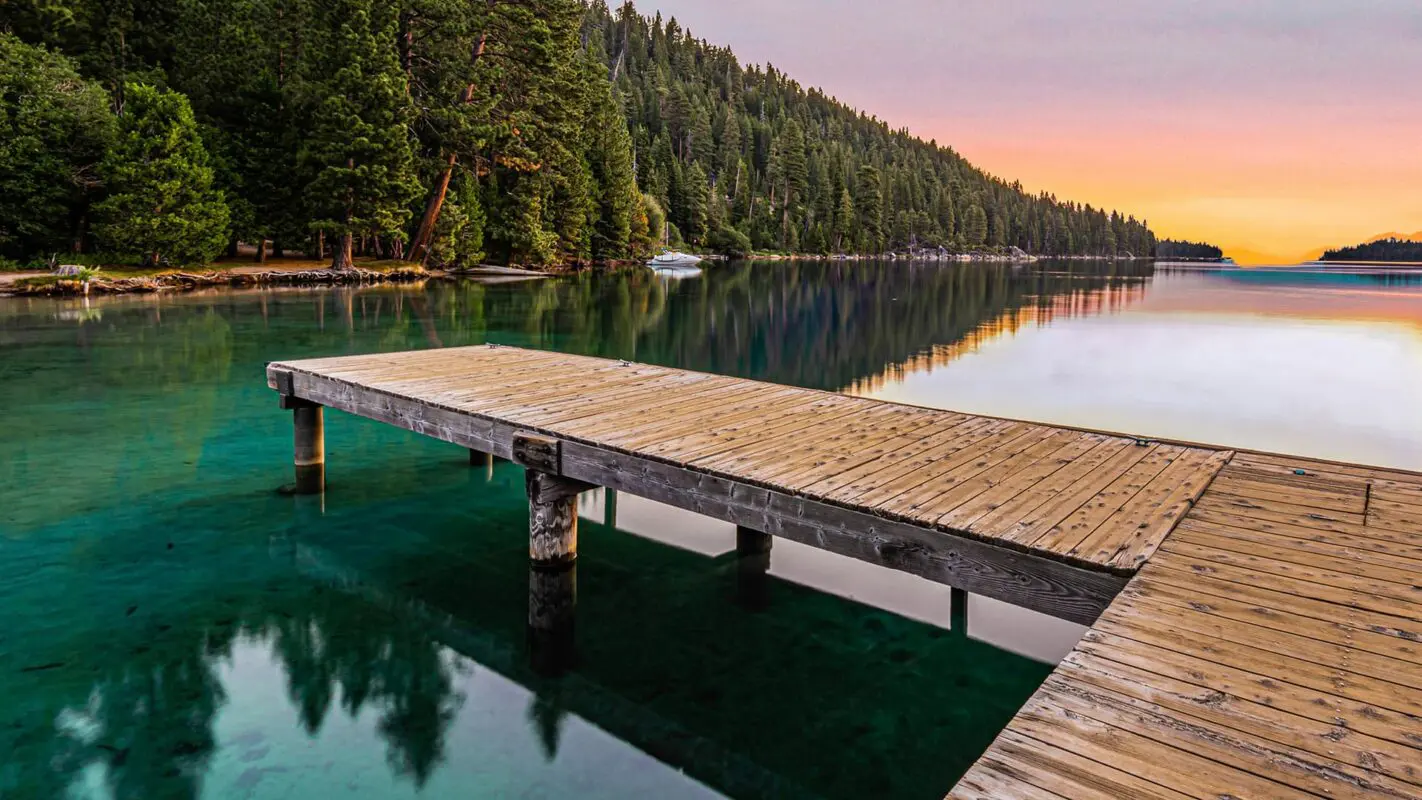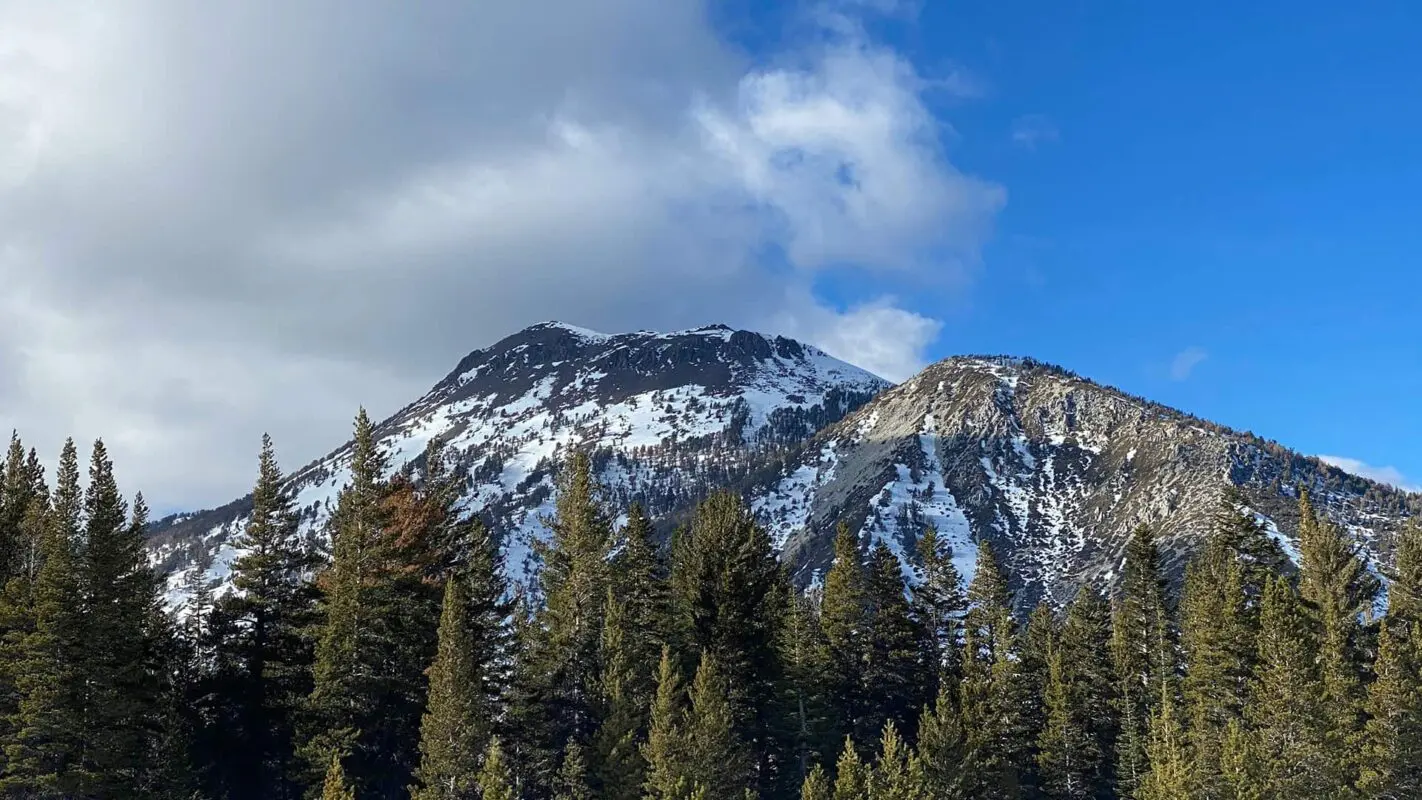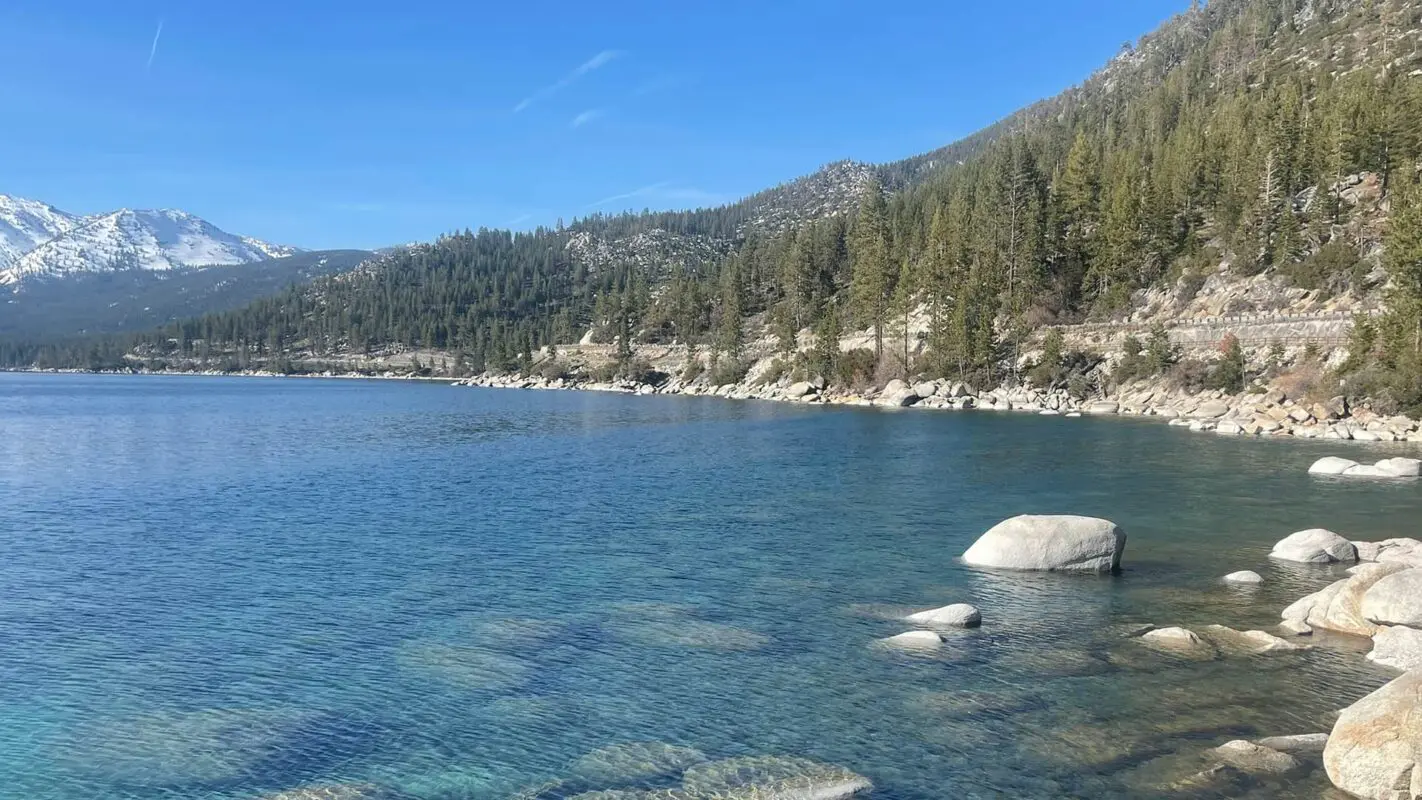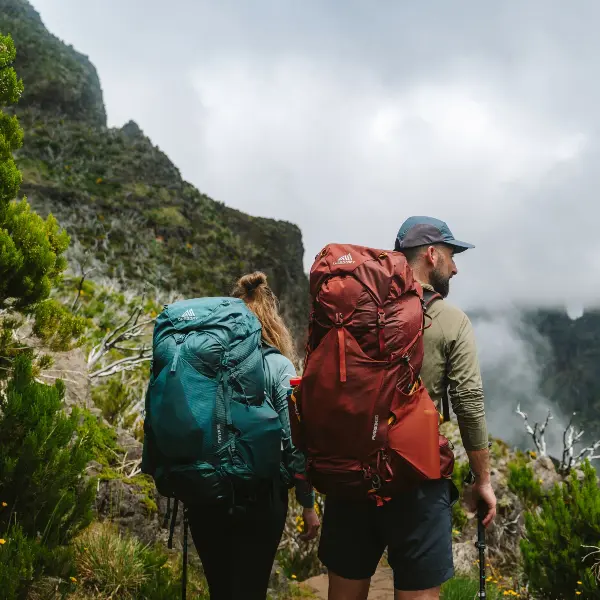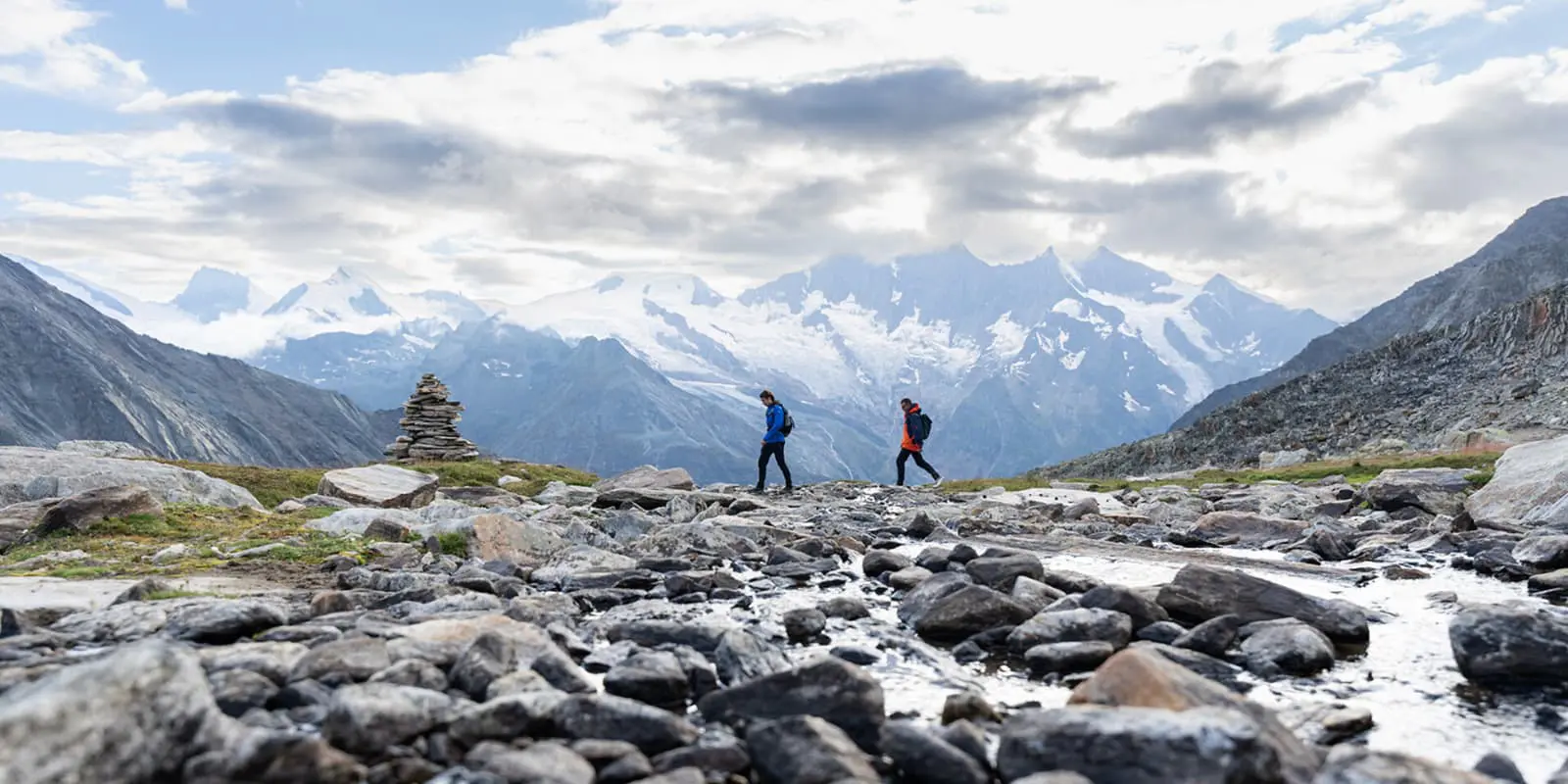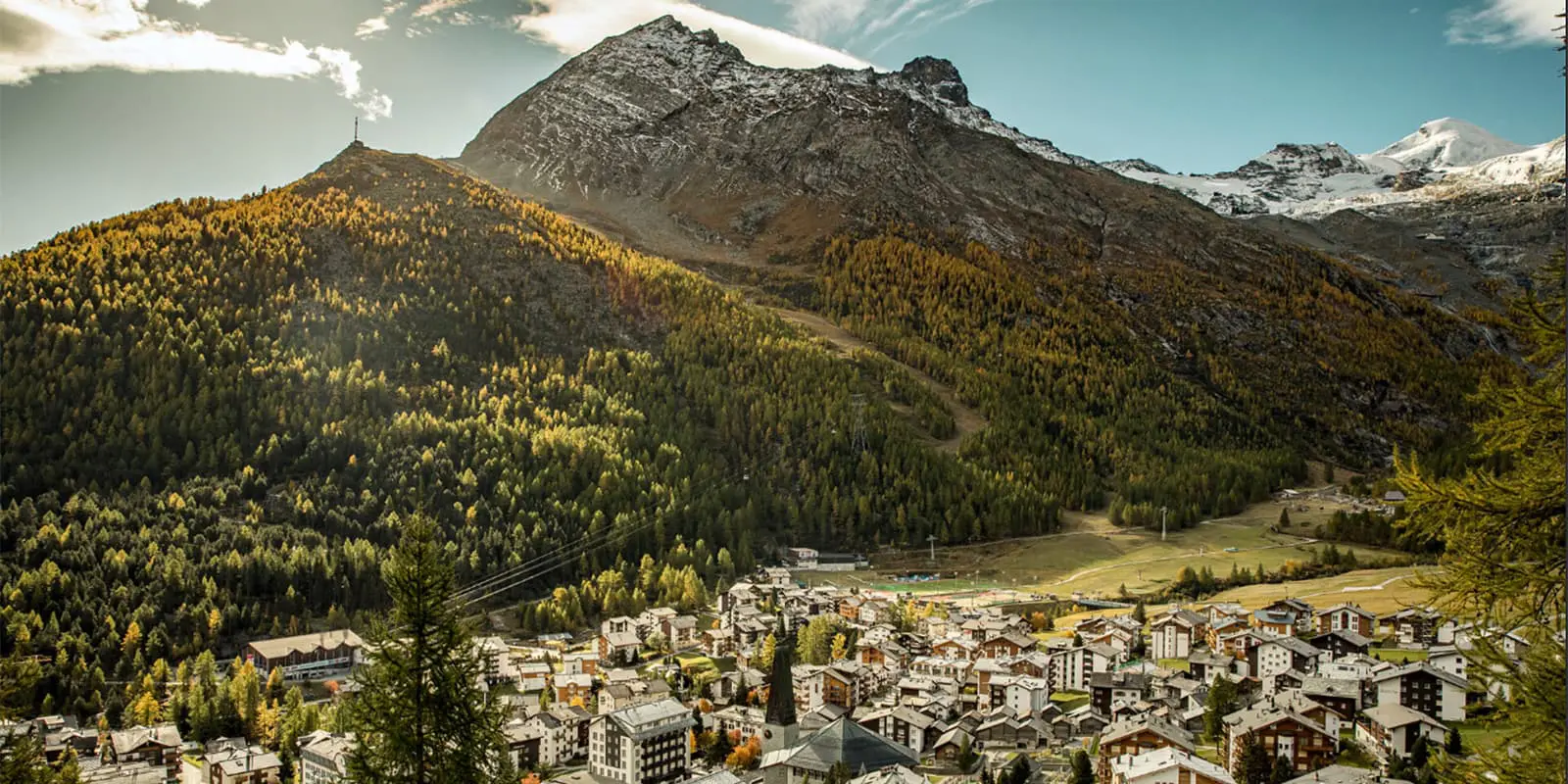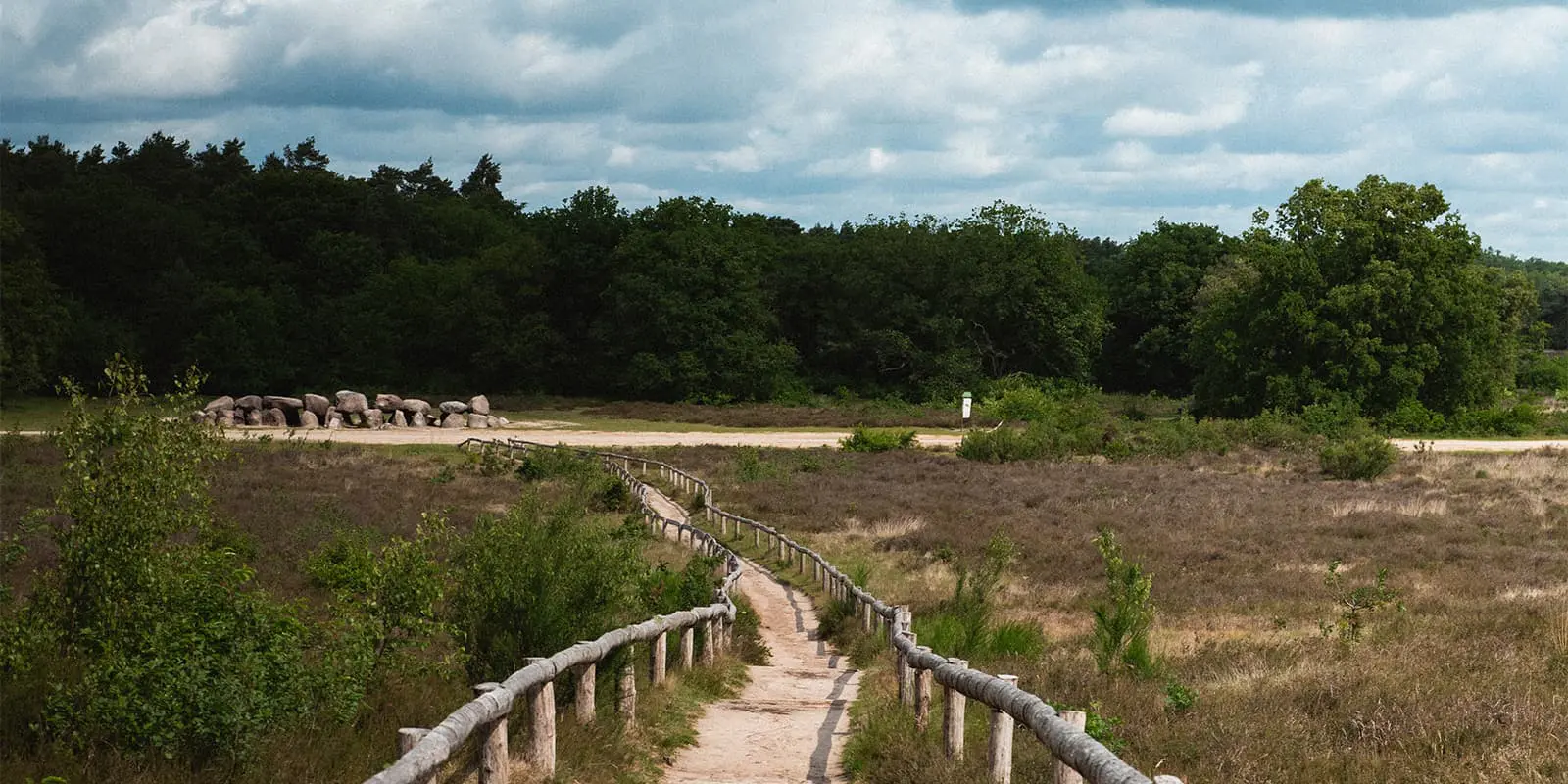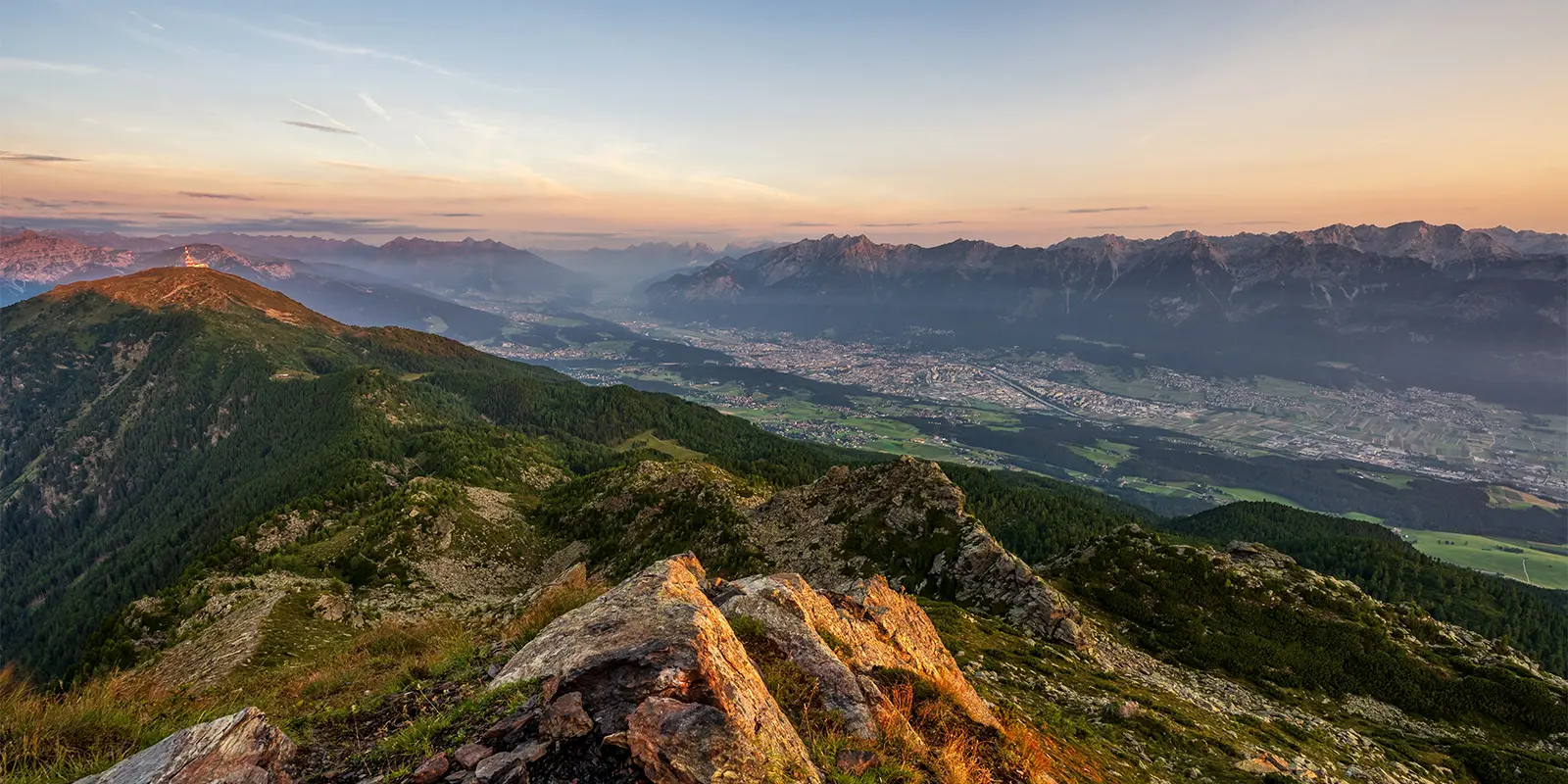The Tahoe Rim Trail is a 165-mile loop around Lake Tahoe, the largest freshwater lake in the Sierra Nevada Range and the largest alpine lake in North America. The water is one of the purest natural sources in the world, and it is infamous for its clear blue color. However, the trail only gets near the lake once, the rest is up on the mountain ridgeline surrounding the lake.
The lake sits on the border of California and Nevada, so the trail will take you through 2 states. You will be treated to frequent views overlooking the incredible lake as you make your way around the rim. The trail ranges from 6,500 ft elevation at its lowest to 9,214 ft at its highest, on Relay Peak. On the Southwest side of the lake, the trail goes through Desolation Wilderness, the most popular and remote section. Glaciers scraped the soil from this area leaving behind bare granite and hundreds of lakes. The Tahoe Rim Trail has mountain peaks, pristine alpine lakes, meadows of wildflowers, fascinating geography and volcanic activity, and a variety of wildlife.


